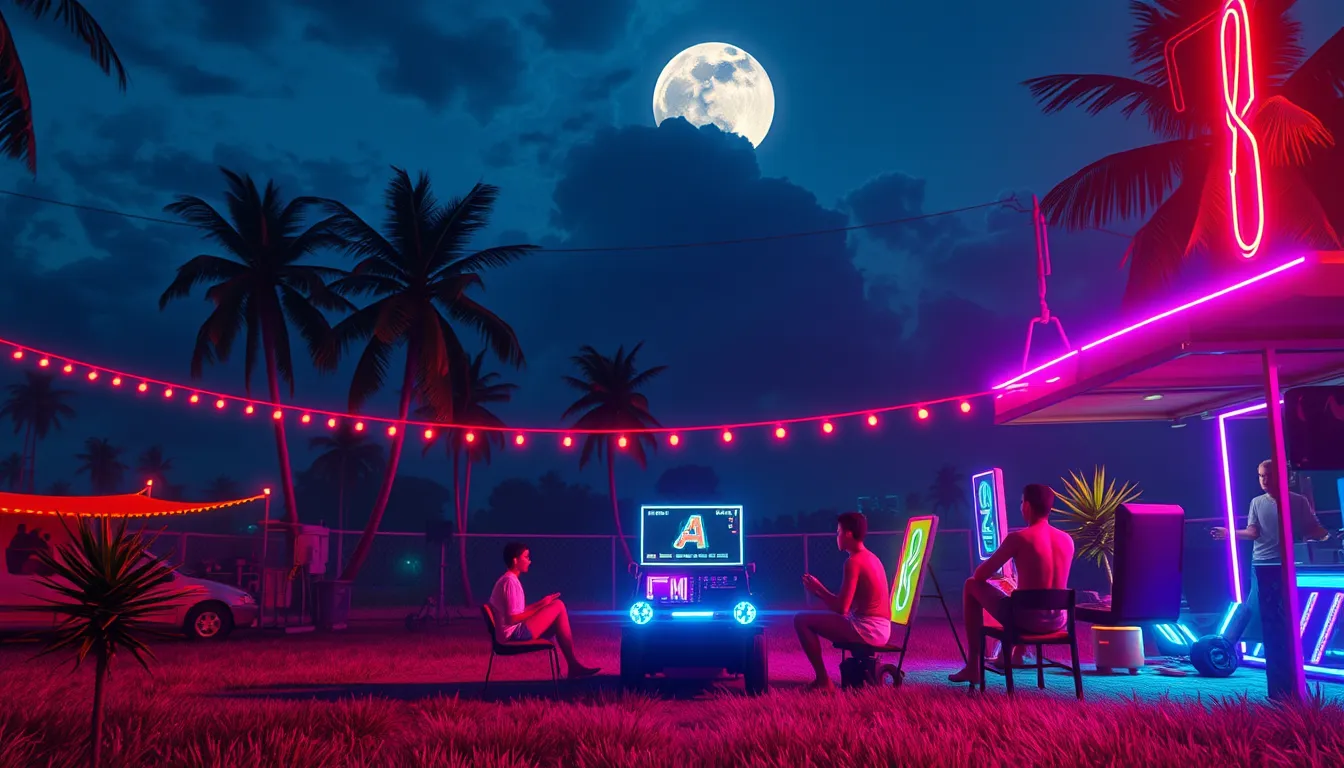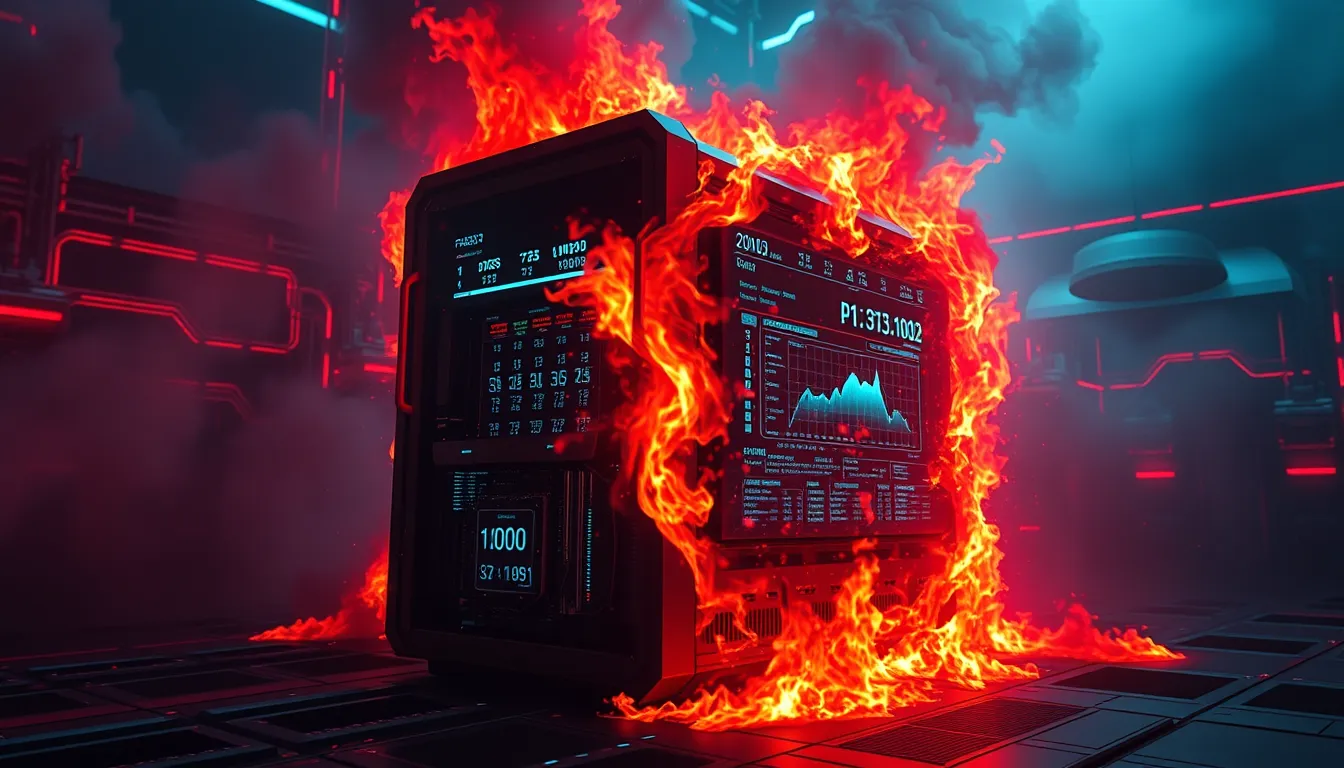Now Reading: Combating AI-Generated Imitations: Protect Creative Works
-
01
Combating AI-Generated Imitations: Protect Creative Works
Combating AI-Generated Imitations: Protect Creative Works

Combating AI-Generated Imitations: Protect Creative Works
In today’s rapidly evolving digital landscape, the surge of AI-generated imitations poses both opportunities and significant challenges for creators across industries. As automated algorithms become adept at replicating artistic styles and unique gameplay features, original creators are increasingly concerned about protecting their intellectual property. This article delves into the phenomenon of AI-generated imitations, examines the impact on creative authenticity, and explores effective strategies for safeguarding digital art and gaming experiences.
Unraveling the Digital Copycat Phenomenon
A recent investigative report has flagged the rise of copycat games driven by AI technology. These games, sometimes pejoratively called “AI slop,” use automated algorithms to mimic the core elements of popular titles. The replication process not only dilutes the originality of the source material but also undermines consumer trust. As developers witness their innovative ideas being reproduced en masse, the struggle to maintain a competitive edge becomes ever more pronounced.
Intellectual Property Protection in the Digital Era
Intellectual property protection has never been more crucial. With the ease of digital replication, creators are fighting a dual battle: preserving creative authenticity while contending with AI-powered reproductions. Traditional legal frameworks are often ill-equipped to address the nuances of AI-generated content, which means new regulatory measures are required to safeguard original works. Organizations such as the U.S. Patent and Trademark Office (USPTO) are actively exploring ways to protect creators in this technologically dynamic environment.
Automated Algorithms and the Rise of Copycat Games
Automated algorithms play a central role in the production of AI-generated imitations. These sophisticated tools can analyze original art, replicate gameplay mechanics, and even mimic narrative styles with alarming precision. While the technology represents a breakthrough in digital content creation, it also fuels the creation of games that lack the essence of human creativity. The ease with which these algorithms generate copycat games raises important questions about the future of originality and the definition of creative work.
Challenges of AI-Generated Content in Gaming
One of the most pressing issues in today’s gaming industry is the challenges of AI-generated content in gaming. As AI continues to evolve, it becomes increasingly difficult to distinguish between genuine innovation and algorithm-driven imitation. This results in a marketplace flooded with near-identical products and erodes the unique identity that original games once held. Industry experts warn that unless measures are taken, the long-term effects could include decreased consumer trust and a decline in overall game quality.
Regulatory Frameworks for AI Imitations
To counter the spread of AI-generated imitations, experts are calling for stronger regulatory frameworks for AI imitations. Governments and regulatory bodies around the world are examining policies that could limit unauthorized digital replication. These frameworks would not only protect intellectual property rights but also ensure that creative industries continue to thrive in an era marked by rapid technological change. Stakeholders are encouraged to collaborate on international standards that promote fairness while fostering innovation.
Strategies to Protect Creative Authenticity
Amid these challenges, several strategic measures can help protect original works from being overshadowed by AI-generated copycats. Here are some key strategies:
- Implement robust digital watermarking techniques to trace the origins of creative content.
- Leverage blockchain technology to create verifiable records of intellectual property ownership.
- Encourage industry-wide adoption of best practices in digital content management and copyright enforcement.
- Support legislative initiatives that address the gap between traditional copyright laws and new technological realities.
Embracing these strategies can empower creators to stake a claim on their works, ensuring recognition and fair compensation for their original ideas.
Digital Safeguards and Technological Innovation
Innovation is not solely a challenge—it can also be the solution. By harnessing the same technologies that facilitate replication, creators can develop advanced digital safeguards. For instance, the integration of machine learning techniques can help identify unauthorized reproductions in real time. These proactive measures can serve as a first line of defense against the rapid spread of AI-generated content.
Looking Ahead: The Future of Creative Protection
As the digital realm continues to expand, the battle between AI-generated imitations and original creations will only intensify. The evolving conflict underscores the need for a balanced approach, combining technological innovation with effective regulatory oversight. By fostering an environment that respects both creative freedom and the need for intellectual property protection, the industry can chart a course toward sustainable growth.
In conclusion, the rise of AI-generated imitations presents an intricate challenge that touches on technology, law, and creative integrity. With AI slop flooding the market and copycat games diluting originality, stakeholders must act now to secure a future where intellectual property is respected and protected. Strategic investments in digital safeguards, legislative reforms, and educational initiatives on intellectual property rights are essential steps to ensure that the spirit of creativity continues to flourish, even in the face of automated reproduction.
This comprehensive approach not only addresses the immediate concerns raised by AI-driven replication but also paves the way for a future where authentic innovation is celebrated and preserved. By understanding the dynamics of digital imitation and implementing robust intellectual property protection measures, creators and industry leaders can successfully navigate the complexities of this digital revolution.

























